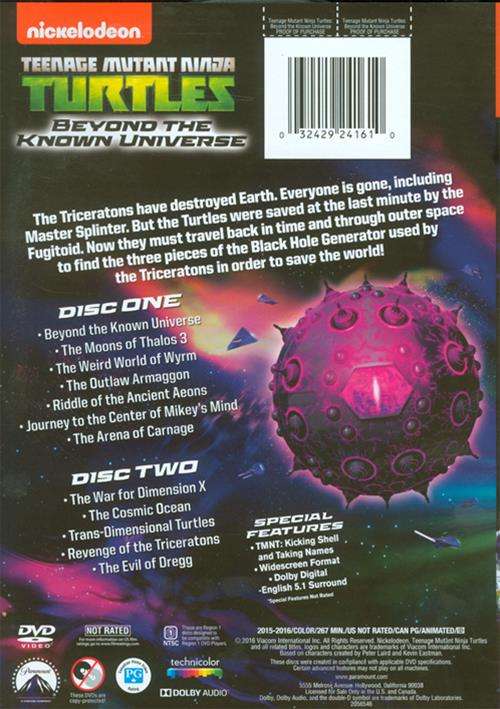How much is shipping from the EU to the U.S.?

The time to consider ocean freight comes when you are shipping freight in high volumes. Whether you are choosing the shipping method to match your needs or calculating costs, here's your guide.
Ocean Freight Meaning: What Is Ocean Freight?
Shipping containers are used in ocean freight transport.
Most importers and exporters transport their goods by sea. Over 90% of everything is shipped by ocean freight. Other modes of international freight transport (courier, standard air freight, express air freight) are also faster, but more expensive. These modes are generally used for smaller shipments, and for products with a high value.
Several freight forwarders offer express shipping when ocean freight is too slow, but air freight is too expensive. In many cases, this service is nearly as fast as air freight but could be less expensive. We streamline ocean freight processes and only connect with faster services and premium trucking companies.
Why Ship By Sea?
Capacity and value One container holds 10000 beer bottles! And ocean freight is cheaper. Shipments over 500 kg are usually too heavy for air freight. If your shipment is light, you can use this chargeable weight calculator to determine whether you will be charged by actual weight or by dimensional weight. Check out our FBX index for live international shipping rates.
Less restrictions International law, national law, carrier organization regulations, and individual carrier regulations all play a role in defining what goods can be transported. A greater quantity of products is restricted as air freight compared to ocean freight, which includes: gases (e.g. lamp bulbs), all things flammable (e.g. As an example, perfume, the Samsung Galaxy Note 7), toxic or corrosive items (e.g. batteries), magnetic substances (e.g. Public health risks (such as speakers), oxidizers, and biochemical products (such as chemical medicines) are all included in the report. untanned hides). You can find more information in the Hazardous Material Table.
In comparison with air freight, ocean freight CO2 emissions are tiny. As an example, when 2 tonnes are shipped over 5000 kilometers by ocean freight, there are 150 kg of CO2 emissions, while on average, 6605 kg of CO2 emissions are released by air freight.
ocean freight
What Are The Downsides Of Ocean Freight?
Ocean liners move at 16-18 mph, compared with passenger jets travelling at about 575 mph. So it's no surprise that shipment by air freight from China to the USA usually takes about 20 days longer than by ocean freight.
Ocean freight generally takes much longer to deliver than air freight because of port congestion, customs delays, and bad weather conditions. Air Shipment It is often the case that tracking technologies available for air freight are more advanced than those available for ocean freight. Therefore, ocean freight is more likely to be misplaced than air freight. In particular, this is true when the ocean shipment is less than a container load. However, ocean freight is becoming more reliable as a result of digitization.
In contrast to air cargo, ocean freight is more likely to be damaged or destroyed. The reason is the longer transit time, and the fact that ships travel more often. Do not worry too much about ocean cargo falling off of ships. Rather than 10 thousand containers per year being lost in the drink, it's more like 546 out of 120 million movements in a year. Even less likely is piracy. The Horn of Africa, the Gulf of Guinea, and the Malacca Straits have been hot spots in recent years.
Ocean Freight Services
Shipping services by sea can be divided into two categories: a full container load (FCL) and a less than container load (LCL). A LCL container is used to pack several shipments together. For the forwarder, it involves more paperwork as well as the physical work of consolidating various shipments into a container before the main transit and de-consolidating those shipments at the other end. This gives LCL three disadvantages:
FCL shipments are delivered faster than LCL shipments. An additional one to two weeks is typically recommended for LCL.
Damage, loss, and misplacement are more likely with LCL.
LCL costs more per cubic meter.
Since FCL shipping rates are lower, you may benefit from using a full container once your shipment is large enough, even if your goods do not fill the entire container. LCL to FCL upgrades are typically achieved at a point around 15 cubic meters (the smallest size container is a 20 footer).
Sea Freight Rates per kg
A lot of LCL freight is charged according to the volume of goods, rather than the weight.
For most products, these rules of thumb can be used when selecting the most cost-effective method:
The cost of air freight increases dramatically over 500 kg.
A China-US shipment can take up to 40 days or more by ocean freight, which generally costs $2-$4 per kg.
A China-US shipment between 150 kg and 500 kg costs $5-8 per kilogram and takes 8-10 days via air freight.
It takes a few days less to ship by air freight, but the cost is higher.
Packages that weigh less than 150 kg can go by courier (express freight).

These are the most common ocean and sea freight costs, rates, and charges included in your shipping quote:

Ocean freight quotes and invoices will include these items:
